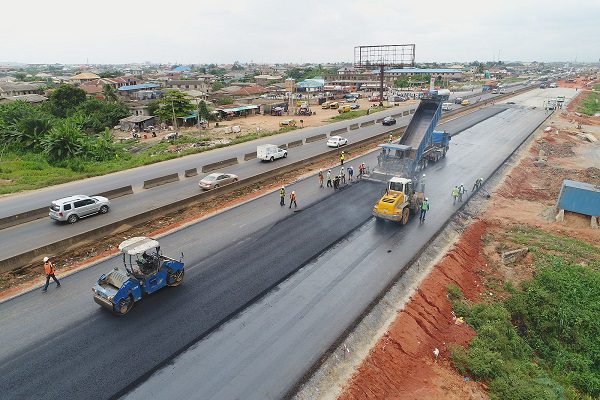


Community participation in public infrastructure development: A panacea for current realities?
By Oguntokun, Babajide Femi
In recent years, Nigeria has witnessed a troubling surge in the costs of goods and services, exacerbated by a crippling decay in public infrastructure. Roads are potholed and electricity supply remains erratic, hindering economic growth and diminishing quality of life. Amidst these challenges, community participation in public infrastructure development emerges as a potential solution to foster resilience and sustainable progress.
The current economic climate in Nigeria is grim. Inflation rates have soared, driven by factors such as the rising costs of fuel, global market fluctuations, and currency devaluation. This situation is worsened by an inadequate infrastructure system that struggles to meet the demands of a growing population. Poor roads contribute to transportation costs, while erratic electricity supply hampers businesses, particularly in sectors reliant on consistent power. The impact is felt deeply by the average Nigerian, who faces daily struggles to access basic services and maintain livelihoods.
In response to these challenges, involving communities in infrastructure development offers a dual benefit: leveraging local knowledge and resources while fostering a sense of ownership. Historically, community participation has been overlooked in favor of top-down approaches that often lead to projects that are misaligned with local needs. However, engaging community members from the outset can lead to more relevant and sustainable infrastructure solutions.
One notable example is the Community-Led Infrastructure Financing Facility (CLIFF) in Nigeria. This initiative empowers local communities to identify infrastructure needs and collaborate with government bodies to implement projects. By prioritizing local input, the facility has facilitated the construction of better roads, schools, and health facilities tailored to the unique needs of each community. These projects not only improve infrastructure but also stimulate local economies by creating jobs and enhancing access to markets.
Furthermore, community participation can enhance accountability and transparency. When residents are involved in the planning and execution of infrastructure projects, they are more likely to ensure that funds are used appropriately and that projects meet their intended objectives. This participatory approach can reduce corruption and inefficiency, which have plagued many government initiatives in Nigeria.
However, for community participation to be truly effective, it must be supported by strong governmental frameworks that encourage collaboration and provide adequate resources. Policymakers should create platforms that facilitate dialogue between communities and government agencies, ensuring that local voices are heard and valued. Additionally, training programs can equip community members with the skills necessary to manage infrastructure projects effectively.
In conclusion, as Nigeria grapples with rising costs and decaying infrastructure, community participation in public infrastructure development presents a promising pathway toward sustainable solutions. By fostering local engagement, accountability, and tailored approaches, Nigeria can transform its infrastructure landscape. This shift not only addresses immediate challenges but also lays the groundwork for a more resilient and prosperous future. Embracing community participation could very well be the panacea that Nigeria needs in these pressing times.



